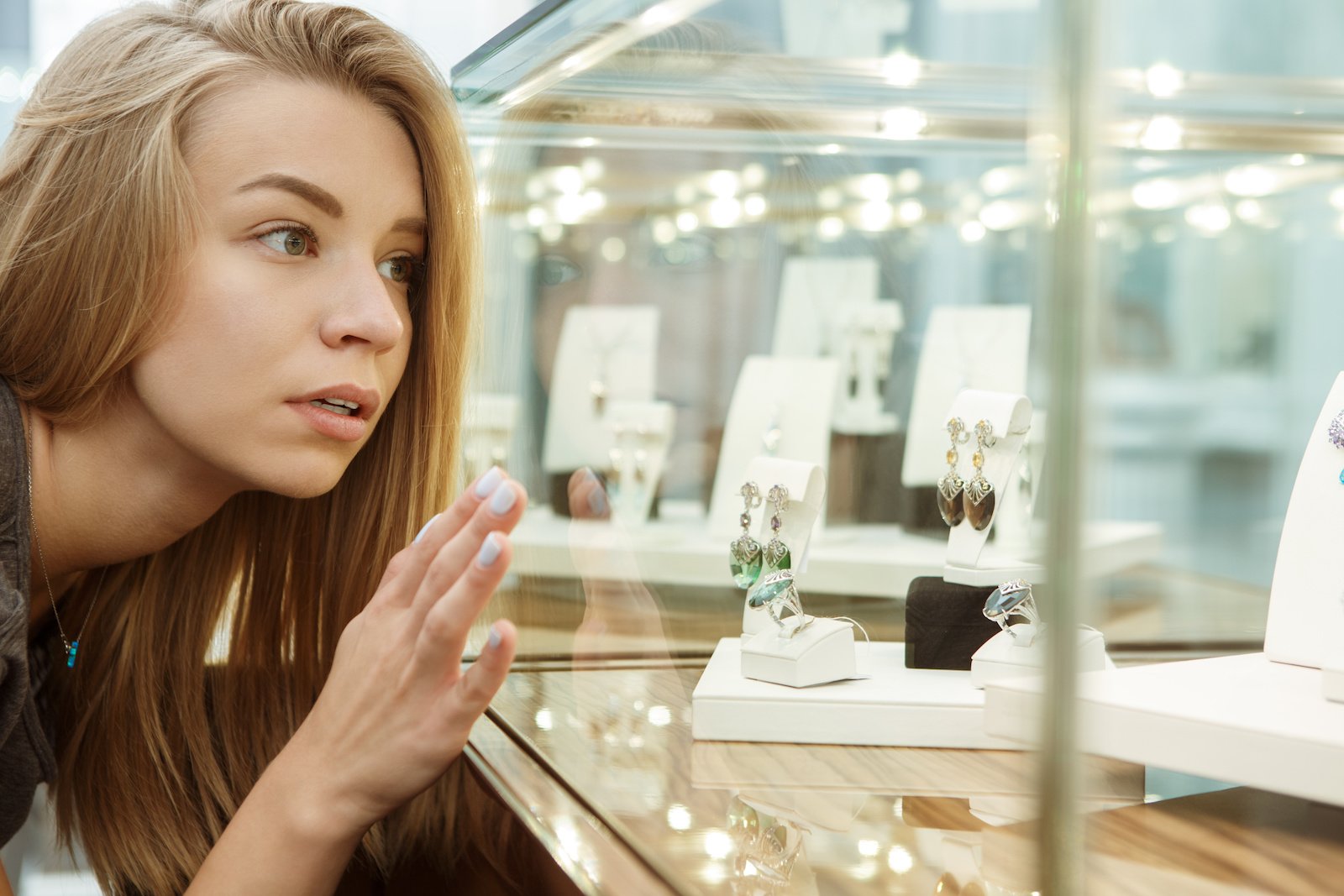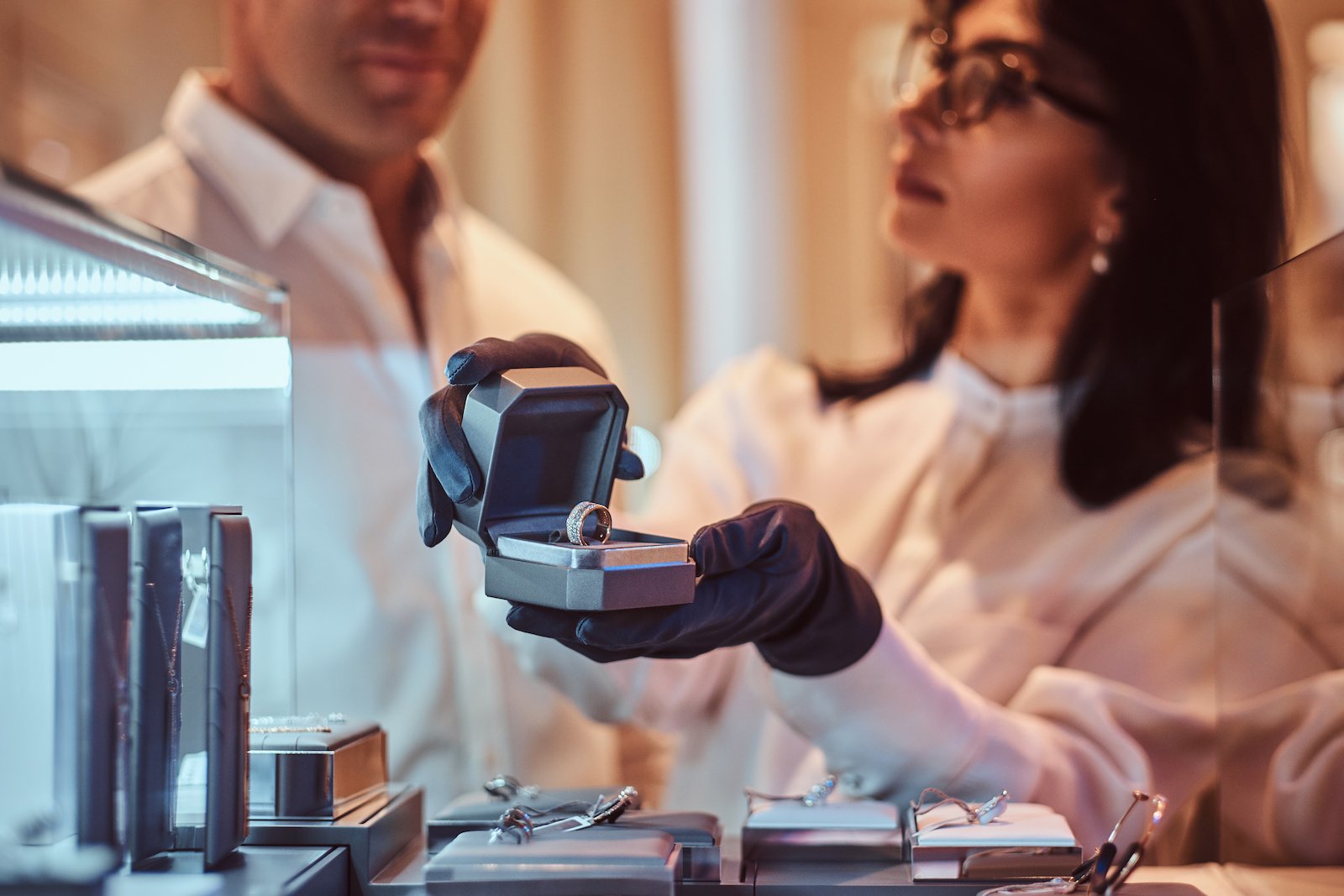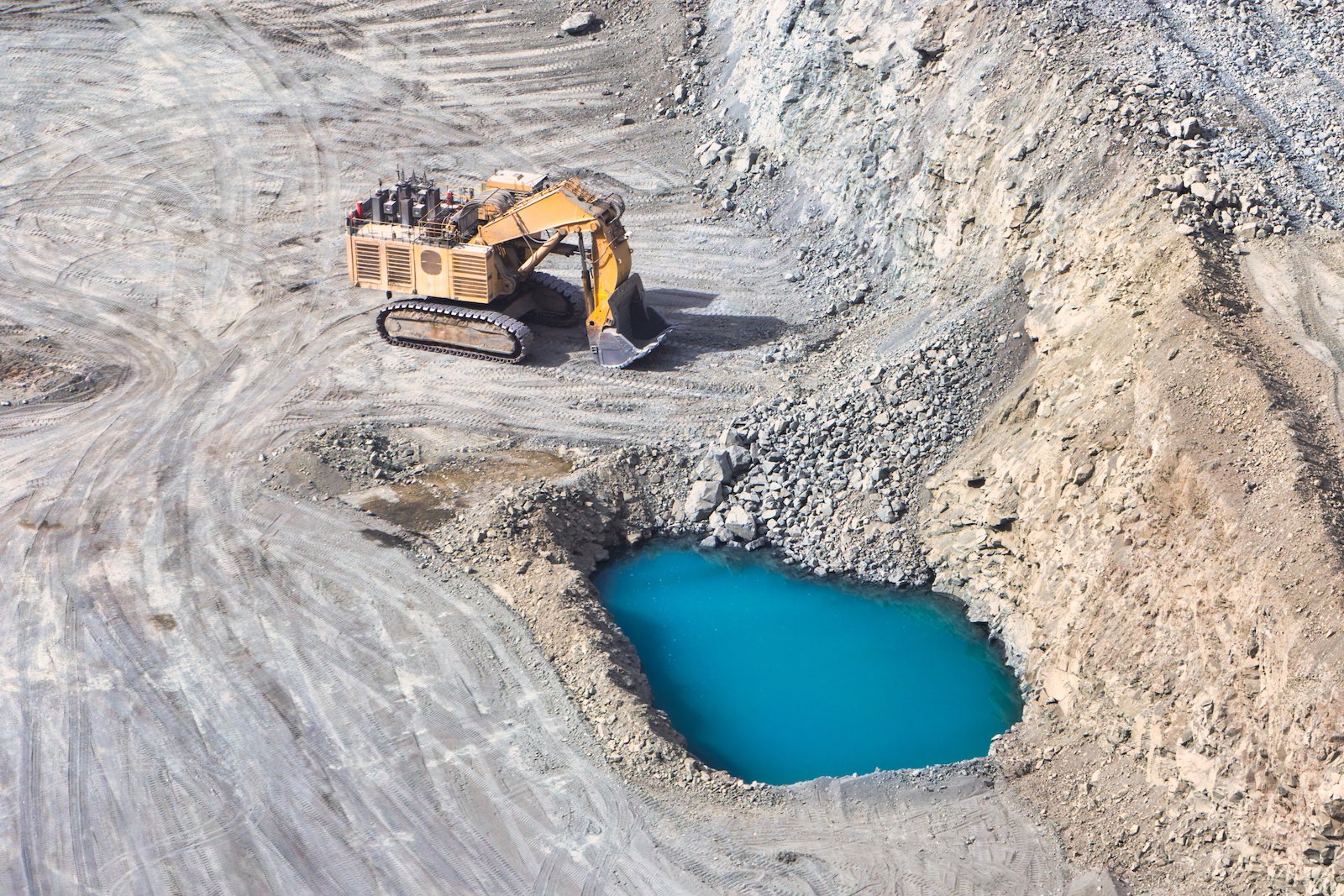Companies market natural diamonds as a necessity for celebrating special occasions like engagements. The iconic De Beers slogan, “A Diamond is Forever,” made diamonds seem like the ultimate symbol of luxury, making them the go-to choice for rings. While diamonds are undeniably beautiful, there is often a lot of tragedy and destruction associated with mining natural diamonds.
We have researched various online forums to compile a list of 12 reasons not to buy natural diamonds.
Environmental Impact

Natural diamond mining has severe environmental consequences. The process involves the removal of large amounts of earth, leading to deforestation and soil erosion. Additionally, mining activities often contribute to water pollution due to toxic chemicals such as mercury and cyanide, which lead to rising carbon emissions. For example, mining just one carat of diamond requires 126 gallons of water. It produces 143 pounds of carbon dioxide(CO2) and 30 pounds of sulfur.
Labor Exploitation

The diamond mining industry is infamous for labor exploitation. Miners in financially disadvantageous countries sometimes fall prey to human trafficking and work in harsh conditions for very low wages without adequate safety equipment. Child labor is also prevalent in some diamond-producing regions, where children work long hours in dangerous environments instead of attending school. Many of these workers come from highly underprivileged backgrounds. They are driven to work in these conditions as their only source of income.
Ethical Alternatives

There are ethical alternatives to natural diamonds. Scientists create lab-grown diamonds in controlled environments, replicating the natural diamond formation process. As a result, lab-grown diamonds are physically, chemically, and optically identical to natural diamonds. Importantly, these diamonds are produced without the ethical issues associated with natural diamond mining, such as environmental degradation and labor exploitation.
Highly Expensive

Diamonds have historically had their prices inflated due to De Beers’ monopoly over the market. While the situation has evolved, De Beers and Russian company Alrosa still control a significant portion of the diamond supply. This allows both companies to limit the supply of diamonds, thus increasing the demand. Even though diamond prices have fallen by 5.7% in 2024, they are still costly. A one-carat lab-grown diamond is 60% to 85% cheaper than a similar natural diamond.
Depreciation

Unlike other luxury items such as gold or real estate, natural diamonds do not increase in value over time. In fact, they often lose a significant portion of their value as soon as they are purchased. The resale market for diamonds is not great, with most diamonds being resold for only 20% to 60% of their original purchase price. This makes diamonds a poor investment if they need to be resold in the future.
Traceability Issues

Even with initiatives like the Kimberley Process, which aims to prevent diamonds mined in war zones from entering the market, it is difficult to trace a diamond’s origin with certainty. This means that even if a consumer wants to buy a conflict-free diamond, there is no guarantee that the diamond is free from ethical concerns. Conflict diamonds and legitimate diamonds can become mixed in the supply chain process. Avoiding natural diamonds entirely is the best way to ensure you don’t purchase conflict diamonds.
Customization

Natural diamonds offer limited opportunities for customization. Geological processes determine a natural diamond’s size, color, and quality and cannot be altered. As a result, consumers are often limited in choosing what is available in the market, which may not always meet their personal preferences or desires. However, with lab-grown diamonds, consumers can select specific sizes and colors that may not be available in nature, allowing for more personalized and unique jewelry.
Finite Resource

Natural diamonds are a finite resource, and continued mining will eventually deplete the earth’s limited supply. As more diamond deposits are exhausted, mining companies will be forced to explore more remote areas, leading to even greater environmental destruction. Moreover, as diamonds become rarer, their price will likely increase, making them even less accessible to the average consumer.
Funding Wars

There have been links between the diamond trade and the financing of wars, particularly in Africa. Diamonds mined in war zones are commonly known as “conflict diamonds” or “blood diamonds,” which are sold to finance weapons and mercenaries. Despite efforts like the Kimberley Process, ensuring that a diamond is conflict-free is still tricky. The ongoing Russian invasion of Ukraine is also said to be funded by conflict diamonds sold by Alrosa.
Changing Social Norms

The cultural significance of diamonds, especially in engagements, is slowly but surely evolving. The number of couples choosing alternative gemstones or non-gemstone rings for their engagements is growing. Getting alternatives gives people more individuality and a personalized approach to choosing their ideal gemstone. More than 15% of engagement rings currently on the market are colored gemstones, a substantial increase from about 5% a decade ago.
Long-term Environmental Consequences

The environmental impact of diamond mining goes far beyond the immediate area of the mines. Even after the mines are closed, the environmental damage remains. Former mining sites often become toxic wastelands, with polluted water and soil unusable for agriculture or habitation. This long-term ecological degradation can have severe consequences for local communities, suffering from loss of livelihood and displacement.
Social Impact

Choosing alternatives to natural diamonds can have a significant social impact. By opting for lab-grown diamonds or other ethical alternatives, consumers support sustainable practices and reduce their carbon footprint. Additionally, they avoid contributing to labor exploitation, child labor, and the funding of armed conflicts. This choice allows consumers to make purchases that align with their morals and personal values, making a positive difference in the world.


